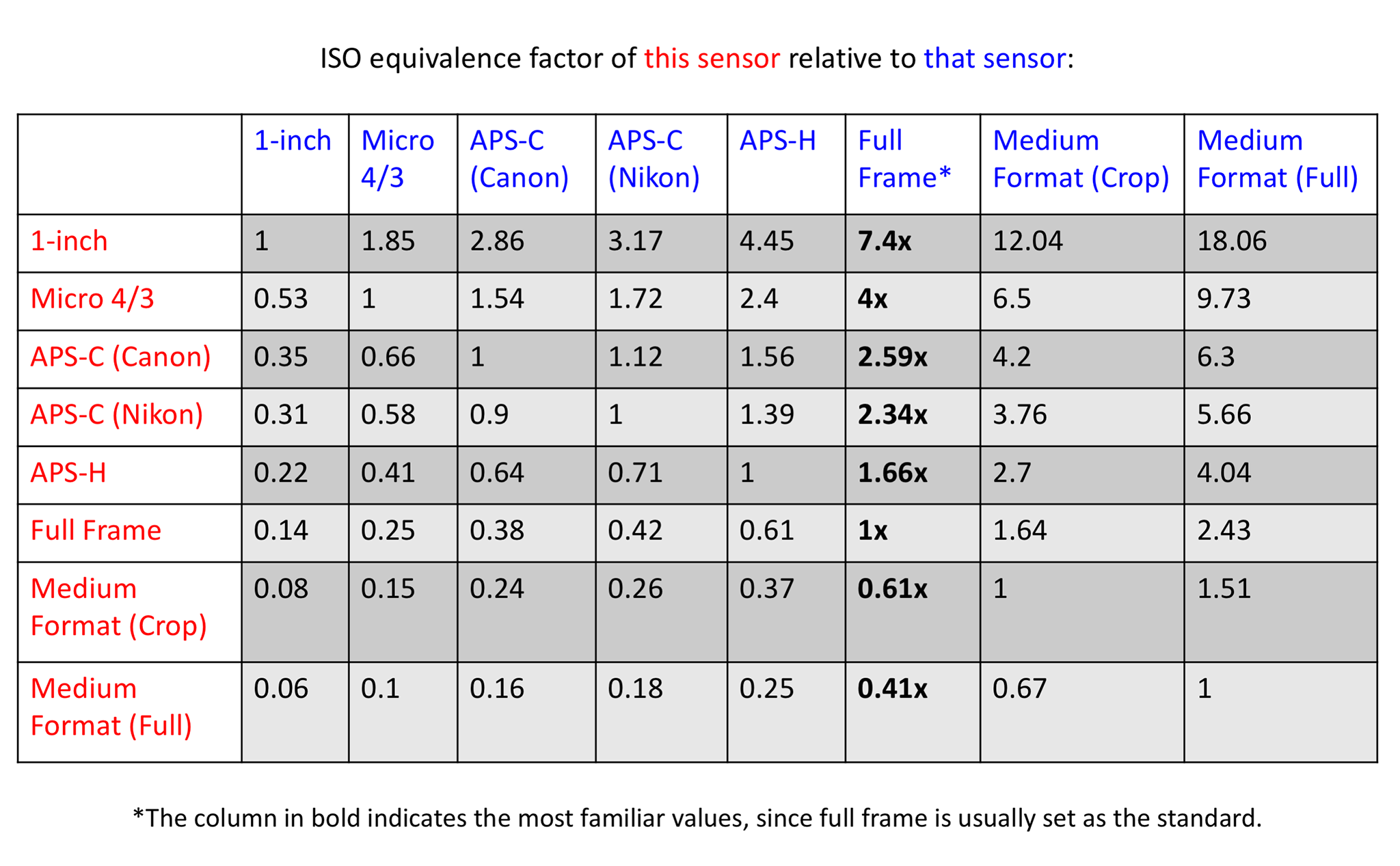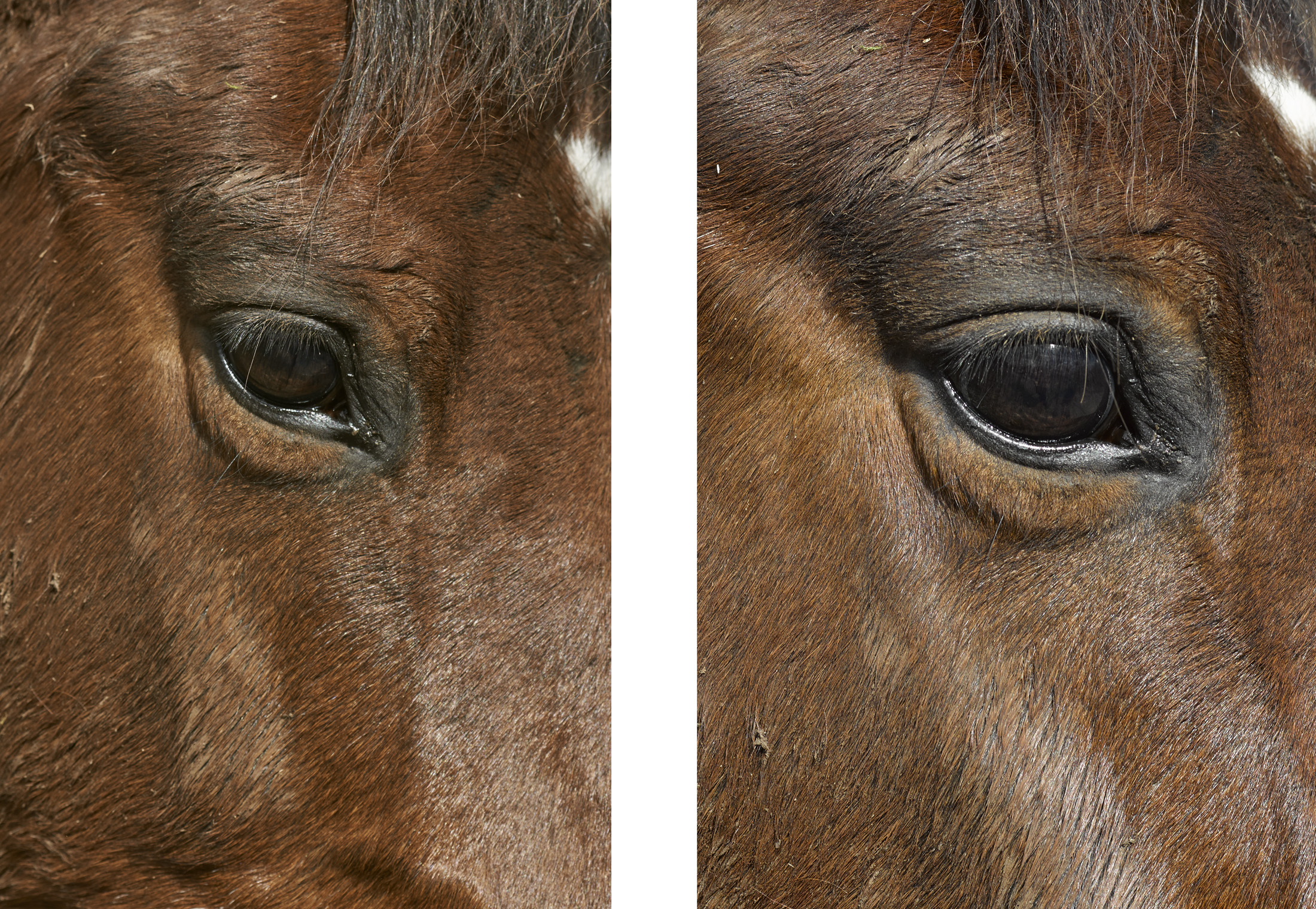

While discussing different sensor sizes, we learned that a bigger sensor captures a bigger part of the scene, whereas smaller sensors cannot capture a similarly wide area. But the quality of the images has been improving, especially in 4K video recording. The lower megapixels and dynamic range of these cameras make them suitable for family vacations and people looking for inexpensive and similar smartphones. GoPro goes smaller with a sensor size of 6 x 4mm – which is a 1/2.3-inch sensor.

The Sony RX100 uses a ‘1-inch’ sensor that measures around 13 x 8mm, while the pocket-sized Fujifilm X20 has a ‘2/3rd-inch’ sensor that is only 8 x 6mm. Other Smaller Image SensorsĬompact and action cameras like GoPro use even smaller sensors.
#FULL FRAME VS MEDIUM FORMAT PORTABLE#
Further, given the small size, an MFT camera and lens are much more portable and great as a hiking camera. These image sensors are not far behind APS-C and measure close to 17 x 13mm.īecause of the rapid growth of sensor technology and autofocusing systems, modern micro 4/3″ cameras match the dynamic range of APS-C closely and offer fast focusing and subject tracking. Micro four-thirds sensors are used mainly by Olympus, Panasonic, and earlier Fujifilm models in their mirrorless cameras. In fact, almost all camera manufacturers have a more comprehensive range of crop-sensor cameras and lenses than full-frame, as most photographers and travelers prefer having such an all-purpose set-up. This sensor’s excellent image quality, smaller camera sizes, and lower price make it a good choice for beginners and enthusiasts looking for a portable camera kit. We’ll learn more about this ‘crop factor’ in the next section. At a size of 23 x 16mm, they are quite smaller than full-frame sensors.ĪPS-C image sensors are also called ‘crop sensors’ or ‘cropped sensors’ because their smaller size gives an image similar to a full-frame photo that was cropped. The ‘Advanced Photo System – Type C’ sensor is the most common type found in DSLRs and mirrorless cameras on the market today. With more affordable full-frame cameras being released by Nikon, Sony, and Canon, you can get excellent image quality at prices similar to APS-C cameras, especially if you buy an older model or find a bargain. You may not get the high megapixel count of medium-format cameras, but the overall dynamic range is still pretty close.įull-frame cameras offer a good balance between image quality and size compared to medium format, although the price is still over the budget of most beginners. More accessible than medium-format, full-frame sensors mimic the 35mm film roll that used to be put into older cameras, with dimensions of 36 x 24mm. Medium format sensors are great, but the expense and large camera bodies make it suitable mainly for experienced professionals. Also, the larger sensor means that your field of view increases, and you will capture a wider scene. The pixels are more “spread out” and can take in a lot of light, ensuring that dynamic range is the highest you can get. The advantage of a larger area is that medium format cameras provide mammoth resolutions of 100 MP and higher.

The biggest image sensor put into consumer cameras these days, medium-format sensors are about 4-6 cm in length and range from $5000 to $30,000.Īlthough different manufacturers have varying sizes within this category, the sensor is much larger than other types – about double in size compared to entry-level DSLRs. Different Types of Camera Sensor Sizes 1.


 0 kommentar(er)
0 kommentar(er)
